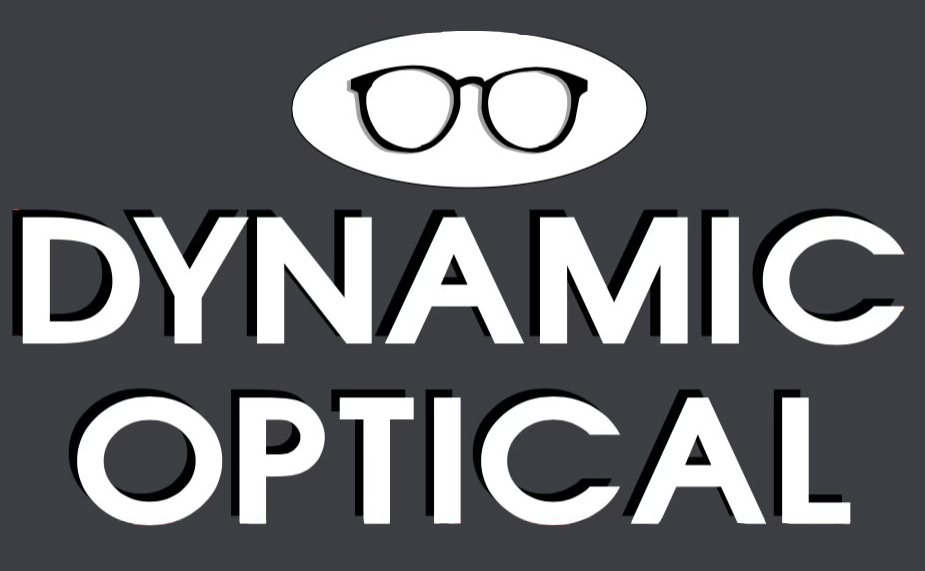Understanding Cataracts: Symptoms, Causes, and Treatment
Cataracts are a common eye condition that affects millions of people worldwide. It occurs when the lens of the eye becomes cloudy, leading to blurry vision and difficulty seeing. In this article, we will explore the symptoms, causes, and treatment options for cataracts.
What Are Cataracts and Their Symptoms?
Cataracts are a clouding of the eye’s lens, which is normally clear and transparent. As the lens becomes cloudy, it can cause a range of symptoms, including:
- Blurry or hazy vision
- Difficulty seeing at night
- Sensitivity to light
- Colors appearing faded or yellowed
- Double vision in one eye
- Frequent changes in eyeglass or contact lens prescription
If left untreated, cataracts can progress and lead to complete vision loss. It is essential to seek medical attention if you experience any of these symptoms.
What Causes Cataracts?
Several factors can increase the risk of developing cataracts, including:
- Aging: Cataracts are more common in older adults, typically developing after the age of 60.
- Genetics: Some people may be more prone to developing cataracts due to genetic factors.
- Medical conditions: Certain medical conditions, such as diabetes, can increase the risk of developing cataracts.
- Lifestyle factors: Smoking, excessive alcohol consumption, and prolonged exposure to sunlight can increase the risk of developing cataracts.
How to Diagnose Cataracts?
An eye doctor can diagnose cataracts during a comprehensive eye exam. The exam may include:
- Visual acuity test: This test measures how well you can see at various distances.
- Dilated eye exam: The eye doctor will dilate your pupils to examine the lens and retina for any signs of cataracts or other eye problems.
- Slit-lamp exam: This exam uses a special microscope that magnifies the eye’s structures to check for cataracts.
- Tonometry: This test measures the pressure inside the eye and can help detect glaucoma.
Pros and Cons of Cataract Surgery
Cataract surgery is the most effective treatment for cataracts, with a success rate of over 95%. However, like any surgical procedure, it has its pros and cons.
Pros
- Improved vision: Cataract surgery can significantly improve your vision, making it easier to perform daily activities.
- Quick recovery: Most people can resume their normal activities within a few days of cataract surgery.
- Low risk: Cataract surgery is a low-risk procedure with a low rate of complications.
Cons
- Cost: Cataract surgery can be expensive, especially if you do not have insurance coverage.
- Risks: As with any surgery, there is a risk of complications, including infection, bleeding, and vision loss.
- Anesthesia: Cataract surgery requires local anesthesia, which can cause discomfort for some patients.
Alternatives to Cataract Surgery
While cataract surgery is the most effective treatment for cataracts, some alternatives can help manage symptoms. These include:
- Prescription eyeglasses or contact lenses: These can help improve vision and reduce symptoms, but they do not address the underlying cause of cataracts.
- Lifestyle changes: Quitting smoking, limiting alcohol consumption, and wearing sunglasses can help reduce the risk of developing cataracts.
- Magnifying lenses: These can help improve vision for some people with cataracts.
Step-by-Step Guide to Cataract Surgery
If your eye doctor recommends cataract surgery, here is what you can expect:
- Preoperative evaluation: Your eye doctor will perform a thorough eye exam to determine the best course of treatment.
- Anesthesia: The eye will be numbed with local anesthesia, and you may be given a sedative to help you relax.
- Incision: A small incision will be made in the eye’s cornea.
- Removal of the lens: The cloudy lens will be removed using ultrasound technology.
- Replacement lens: An artificial lens will be implanted in the eye to replace the cloudy lens.
- Recovery: You will be monitored for a short time after surgery and will need to use eye drops to prevent infection and promote healing.
Tips for Caring for Your Eyes After Cataract Surgery
After cataract surgery, it is essential to take care of your eyes to promote healing and reduce the risk of complications. Here are some tips:
- Use eye drops as directed by your doctor.
- Avoid heavy lifting or strenuous activity for a few weeks after surgery.
- Wear sunglasses to protect your eyes from sunlight.
- Attend follow-up appointments with your eye doctor.
Comparing Traditional Cataract Surgery and Laser-Assisted Cataract Surgery
Traditional cataract surgery involves using a small blade to make an incision in the eye, while laser-assisted cataract surgery uses a laser to make the incision. Thelaser also helps break up the cloudy lens, making it easier to remove. Here are some differences between the two procedures:
Traditional Cataract Surgery
- Uses a small blade to make the incision
- May require more recovery time
- May have a higher risk of complications, such as infection or bleeding
- May require more time for the cloudy lens to be removed
Laser-Assisted Cataract Surgery
- Uses a laser to make the incision and break up the cloudy lens
- May result in faster recovery time
- May have a lower risk of complications
- May be more precise in removing the cloudy lens
While both procedures are effective, your eye doctor can help determine which one is best for you based on your individual needs.
The Best Treatment for Cataracts
Cataract surgery is the most effective treatment for cataracts, with a high success rate and low risk of complications. However, the best treatment for you will depend on several factors, including the severity of your cataracts, your overall health, and your personal preferences. Talk to your eye doctor to determine the best treatment plan for you.
Conclusion
Cataracts are a common eye condition that can cause significant vision problems if left untreated. Understanding the symptoms, causes, and treatment options for cataracts can help you make informed decisions about your eye health. If you are experiencing any symptoms of cataracts, seek medical attention promptly to prevent further vision loss.
FAQs
- Can cataracts be prevented? While it is not always possible to prevent cataracts, lifestyle changes such as quitting smoking, limiting alcohol consumption, and wearing sunglasses can help reduce the risk of developing cataracts.
- Is cataract surgery painful? Cataract surgery is not typically painful, as local anesthesia is used to numb the eye. However, some patients may experience discomfort or mild pain after the procedure.
- How long does it take to recover from cataract surgery? Recovery time can vary, but most people can resume their normal activities within a few days of surgery. However, it may take several weeks for your vision to fully stabilize.
- Can cataracts come back after surgery? No, cataracts cannot come back after surgery. However, some patients may experience clouding of the capsule that holds the artificial lens, which can be treated with a laser procedure.
- Can cataracts cause blindness? If left untreated, cataracts can progress and lead to complete vision loss. However, cataract surgery is highly effective in treating cataracts and restoring vision.

